OTT players need to be ready for next 200 mn Bharat TG with regional fare: Uday Sodhi
With its extensive library of diverse and high-quality original content offerings, SonyLIV, the digital platform of Sony Pictures Networks India, has become a comprehensive melting pot of India-based digital entertainment. The platform has formed strategic partnerships with players like Pocket Aces, Web Talkies, Pocket Films, etc., to create one of the biggest repositories of premium original content in the country.
One of the first players in the OTT space in India, SonyLIV today is helping further grow the market with its focus on regional content, short format films, sports content, as well as three categories that it is looking to build in the long term – Food, Fitness and Infotainment.
In an indepth conversation with Adgully, Uday Sodhi, Executive Vice President, Sony Pictures Networks India and Head - Digital Business, SonyLIV, speaks about the growth of the OTT platform in India, the content strategy, categories that it is focussing on, the road ahead and much more.
As one of the first players on the OTT space, how far has SonyLIV travelled in the five years of its existence? Where do you see SonyLIV going from here?
When we started the journey 5 years back, we were the only players in the OTT space and we put in a lot of efforts in building a digital platform. We believed in the potential of OTT 5 years back, when there was nobody in this space and when not too many people thought much about it. It’s great that we started off in this journey then and we have reaped the benefits of being the first mover.
We have learned to offer better content to our consumers; we have done a lot of firsts in the industry. We have seen this industry come up from nothing to an industry now which has 200 million consumers in India. As early movers, we are happy that the industry has grown and a lot more things will happen in the industry in the years ahead. Four or five years is too short a period for any industry to mature, but the interesting part is that we have seen a lot of players get into the market and a lot of innovation has happened in this space.
In 2014, we did the FIFA World Cup on the OTT platform way before anybody even thought about doing anything live online, and with FIFA World Cup 2018 coming up, it is going to be much different and bigger. It feels great to be right up there and be the leader. We have the first mover’s advantage and we have learned to offer this content in a great way and our partnerships have come in early – the telcos, the operators, the OEMs. All the stakeholders see us as pioneers in the market.
How different is the OTT space now with more players venturing in?
The presence of several players in this market is a good thing. I would be worried had there been just 2 or 3 players entering this field in these five years. Having 10-15 players in the market, with each one bringing in a variety of content, opening up a new consumer segment and offering newer technology interface for the consumer – all these have been great for the consumers, besides helping in expanding the ecosystem.
My feel is that this market is expected to grow to 2-3x in the next 2-3 years. The market now has 200-250 million odd users in the digital entertainment space and my guess is it will grow to 500 million+ in the next 3-5 years.
This means that we will be the second largest digital entertainment market in the world after China. Now, in a market of this size, there will be room for more and more players and I don’t see a situation where people will think there are too many players. In fact, I hope to see many more players enter this space. If there are 800+ TV channels, with more channels coming in every day, I think there is room for more players in the OTT space.
Which are the areas that you are going to invest in in 2018?
In keeping with our content expansion drive, apart from the regular TV shows, we will invest in digital-only shows. We will invest more in regional content and we will continue to invest on short films, as well as expand our offering on linear television on digital and we will keep innovating on that front.
Sports is going to be an important area for us as we endeavour to make the experience of watching sports better and better as we go forward.
We are doing a lot on the experience and technology fronts as well. Going forward, the market will probably not be one large homogenous market, but may split into 2 or 3 categories. We believe there will be a large category of very premium end users with connected television sets to watch content from the OTT platform, whether it is streaming on your mobiles or Chrome casts or Apple TV, a lot of those media devices are going to come in, along with connected TVs. 2018-19 will see significant penetration of connected devices and connected TVs and premium end users will move their content to that.
At the lower end we see a huge expansion in the market – the next 200 million users that will come into the market will be outside the big cities, outside the category A & B markets. They will be from smaller metros, the Tier 3 & 4 small towns and villages. With the growing reach of 4G and smartphones, the content preferences will change. We need to think about how to ensure that the technology helps them get the content that they want to consume there. We are working towards making sure that they can download the content that they want to watch later; the kind of video streaming that we are providing can work on low bandwidths. Instead of being a large homogeneous kind of consumers, the consumer behaviour will change and become segmented, and we need to focus on these technology aspects.
SonyLIV has introduced 20-minute duration short films. What is the strategy behind betting big on short films? How has the viewers’ response been?
The viewers’ response has been amazing. The interesting part of telling stories on the OTT platforms or the digital front is that you don’t have to be limited to a theatre length, that is, two-and-a-half-hour long movies. If you are not forced to do such a movie, then can you tell an interesting story in less time.
We looked at what kind of content is being consumed, what’s the length that seems to be working with the consumers. We found out that a duration of 15-25 minutes works fine to tell a story in a interesting way and engage people, without dragging along with song and dance. You can do a good, crisp cut movie in 20-25 minutes. I guess more and more experiments will happen in that template. It opens a larger space for cinema goers and storytellers to tell a story. It’s not as expensive as making a movie, it can be produced in 2 to 3 weeks and be ready to go to the market. If you go to SonyLIV, you will see about 700-800 such short films. Some are award-winning shows and have some very good actors.
For us, it’s a long term investment and we think that as a category it will only grow as we go forward.
With SonyLIV there have been a number of firsts. What has been the thought behind it?
We hope that we don’t run out of ideas to do firsts. We just want to be creative enough to come up with ideas for our consumers and we will keep challenging ourselves to come up with interesting things – whether it is language, or the way we tell a story, or the way we show a cricket match, some experiences which are important for the consumer.
Could you tell us about the agreement with SPI International. How is it going to benefit SonyLIV’s content strategy? Your thoughts on regional content...
All that we have done with SPI is in the English space. We want to be a one-stop destination for entertainment, offering a variety of entertainment for the end users. Linear live television is something that seems to be one of the categories where we think we need to do more work on. As part of that exercise we have tied up with SPI and we are bringing in some international channels. Going forward, we hope going forward to bring in a better variety of Indian channels, including regional. The idea is to make live television a decent category on SonyLIV.
Every OTT player is eyeing the regional space, how different or disruptive will SonyLIV be in this space?
I think that without being different or standing out in the crowd, we will not be able to do it. A lot of OTT players who are coming in with regional content are coming in with television content first. The good part or the advantage that we have is that we have an absolutely open slate on the regional front. So, when we do something regional on the digital front, it will be an absolutely fresh approach and will look different from what the others are showcasing. The disruptive thing is we will come with regional, but it will be digital-first.
We don’t have regional channels except for Bengali and Marathi as and when it is launched, other than that if we have to do something in the South, actually we have started in a small way. We have started looking at shows and movies from the South just to see what the appetite for this content is. In the next few months you will see movies from the South which we have started airing. Some of our original shows which are live on SonyLIV are also being dubbed in Southern languages. You will find that more and more such efforts happening. We haven’t made too much noise about it at present, but we will start a conversation soon.
It will look very different from the way television content is going to be, but the effort is to look at 5-6 languages and go deeper.
You spoke about the Tier 2, 3 and 4 markets. Will your marketing plans and content plans be different for the rural market?
We have to be different, there is no choice. On the technology front we are looking into differentiating the offering for premium high end users and to the users who don’t have a good bandwidth or sophisticated phones. On the content side, we need to devise a content strategy for a larger mix of people. The large homogenous mix of city consumers has now become an India TG, and this India TG will become Bharat TG. We have to devise our content strategy to address that larger audience. This is the reason why we want to do regional, which is why we think that the next 200 million users who are going to come in are not your English speaking consumers, and that’s why we have to go regional and talk to them in their language and figure out as to what works for them.
ZEE5 has been launched and they have launched it in 12 different languages, along with a bouquet of international shows. How do you see this impacting the OTT space?
I think it’s a great opportunity for all; my personal philosophy is more people are great. You see what happened in the telecom industry; more people came in, there was more investment, more consumption, and more usage. Subscription rates won’t go down and consumers are in a phase where they are adapting to these services readily. Consumers are hungry for more, the bandwidth rates are becoming more competitive, even as smartphones are becoming more affordable. With more players coming in, there will be more investment in content and creating a good experience. ‘Sab ka fayda hoga’.
For us, this is a great period for customer acquisition. So, we wish the ZEE5 App all the best.
How has the experience of your tie-up with Chef Sanjeev Kapoor been? Are there more tie-ups in the offing?
It is a tough category to build, people don’t naturally come to us for non-fiction content; they mostly come to us for fiction/ entertainment and sports. We are building 3 categories – Food, Fitness and Infotainment – as long term categories. We need to build traffic over a period of time for people to come and consume it. Infotainment comprises our BBC Earth content and over a period of time we would like to add a few more categories. We think these are good digital categories which people are interested in. The whole infotainment category is great for us. However, these three categories are going to take time to develop.
We have great partnerships and the best people to partner with. For Food, other than Chef Sanjeev Kapoor we have also tied up with Rajshree Productions. For Fitness, we have tied up with Sunil Shetty’s Fitness Studio. We have the best content in these three categories and we are sure of the content we bring to the table. It’s just that we have seen slow adoption of these categories and it’s a long-term build.
On the Food front we have produced a few shows with original content and we have advertisers in it. It’s been an interesting experience and we want to go step by step. We think these are very interesting categories and all our advertisers back these categories. Once we are at a scale, it will help us and we are introducing it to more and more of our users. As consumers come to watch our shows, we are introducing them to these categories with in-built promos, etc. Gradually we will find more and more people coming naturally to us first for these categories. Food is a huge category in terms of consumption and we are liking the traction. We think we can be a big player in this category.
With the various sports acquisitions, what kind of viewers have connected with you? How much has sports helped grow SonyLIV’s viewership? What will be your future investment in this category?
Sports is a very big category for us. If you look at our investments, our biggest investment is Ten Sports. So far, there hasn’t been bigger investment in this business. So, we have done a lot of investment, we did a big tie-up last year with ESPN. We have probably the best catalogue of the sports events. Whether its cricket or football or basketball or tennis – we have got the biggest brands and the biggest international sports.
But first and foremost, we are a cricket loving country, and we have a lot of cricket fare happening which are with us – South Africa, Sri Lanka, West Indies, Australia. Along with siring on television, we also stream the matches on SonyLIV. This apart, football, too, is a big category for us. Last year we did some live games on SonyLIV. There are very few apps in the world which have the capacity to run more than 3,000 live games. This makes us one of the biggest apps in this category. All the big sporting brands are available on our platform, which makes our viewership large and they are loyal as well.
With data cost becoming cheaper and more smartphones entering the market, what kind of evolution do you see in the market?
You should look at a larger trend. We now have approximately 350 million smartphones, which means we still have 700 million people who don’t have smartphones. So, there is enough headroom for us to go ahead and add more smartphones. In the next 2-3 years, the market size may double, which will bring in more niche players.
What are your plans regarding introducing free and behind the pay wall content?
We intend to continue with the free content. The movie business essentially is behind the pay wall. However, some movies are free. At different stages we will decide what to do.
To read more click here



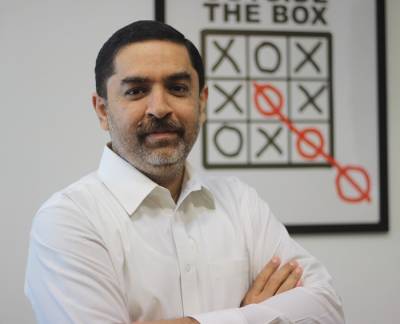

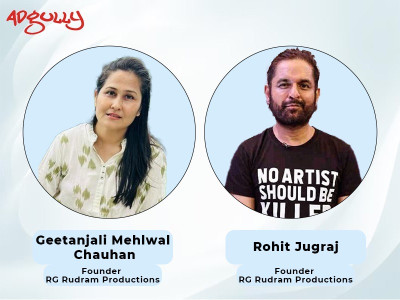
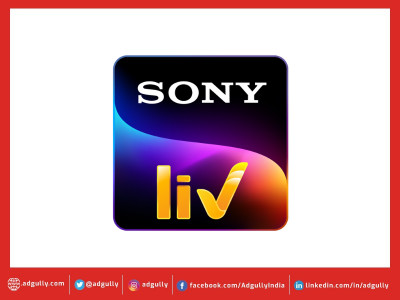



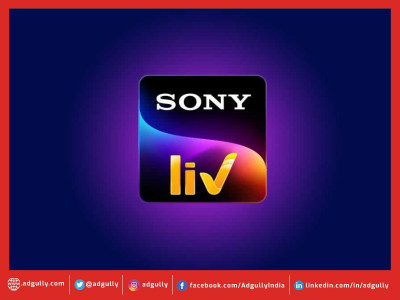

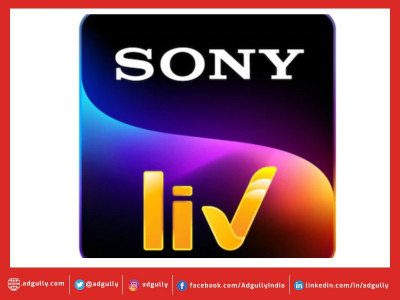
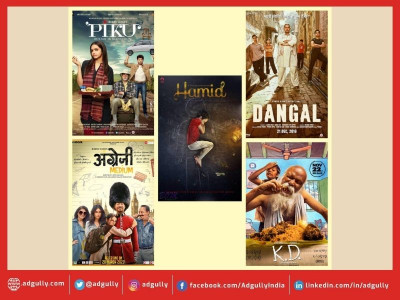
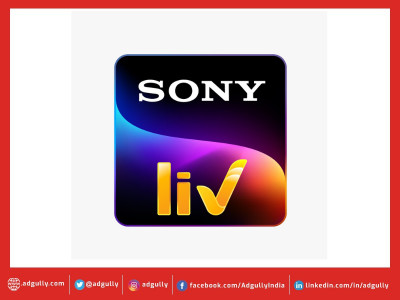



Share
Facebook
YouTube
Tweet
Twitter
LinkedIn